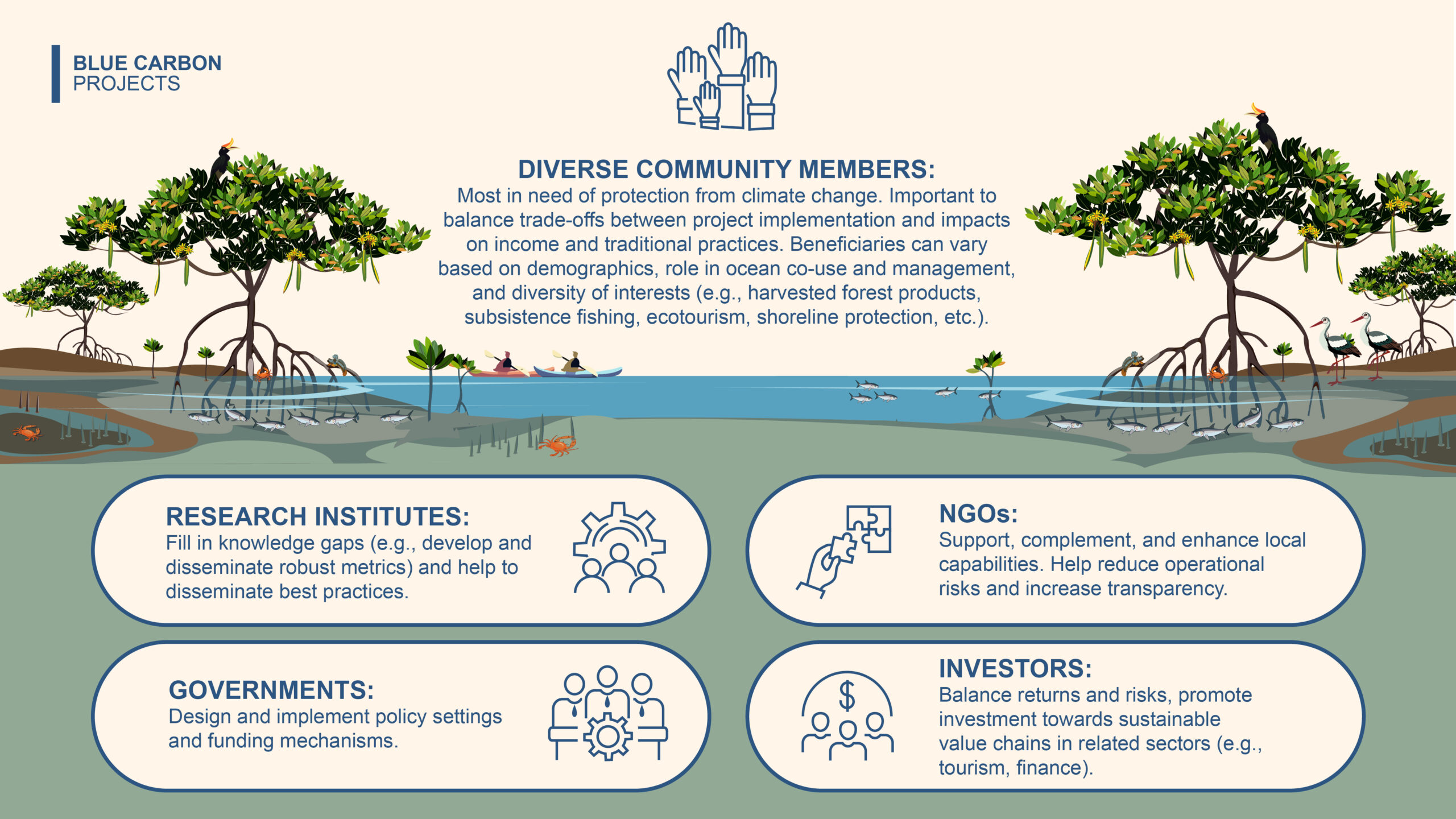
Isaac Moradi Receives 2024 CMNS Distinguished Research Scientist Award
Congratulations to Isaac Moradi, named the 2024 recipient of the CMNS Distinguished Research Scientist Award!

Congratulations to Isaac Moradi, named the 2024 recipient of the CMNS Distinguished Research Scientist Award!

Click here to read NASA’s Early Career Scientist Spotlight of ESSIC Postdoctoral Associate Dr. Allison Chartrand.

As spring finally arrives in typical Maryland style – downpours – people take comfort in these wet days by dreaming of the blooms that the rain nurtures. However, a new study by an Earth System Science Interdisciplinary Center researcher published in Nature Reviews Earth & Environment shows that whether rainfall comes as drizzle events or downpours matters for plant growth.

Allison Chartrand, ESSIC Post-doctoral Associate, has been selected for the American Geophysical Union’s (AGU) 2024 Voices for Science program.

Annika Jersild, ESSIC Visiting Assistant Research Scientist, is first author on a new paper in Geophysical Research Letters titled “A Spatially Explicit Uncertainty Analysis of the Air-Sea CO2 Flux From Observations”.

ESSIC Research Scientist Dorothy Hall is first author on a new paper in Geophysical Research Letters titled “Snowfall Replenishes Groundwater Loss in the Great Basin of the Western United States, but Cannot Compensate for Increasing Aridification”.

CISESS Deputy Director and ESSIC Research Professor Ernesto Hugo Berbery is a co-author on a new paper in npj Climate and Atmospheric Science, a Nature Research journal, that examines agricultural flash droughts worldwide and reveals their characteristics and life cycle.

The National Weather and Climate Prediction Center (NCWCP) and UMD’s Earth System Science Interdisciplinary Center (ESSIC) held a three-day mini-conference from February 27 to 29, a hybrid event held both at the ESSIC and online. The conference brought together ESSIC, CISESS, and NOAA scientists to share their presentations and posters from the recent AGU and AMS conferences. Peter Beierle was the conference organizer for UMD.

ESSIC Visiting Associate Research Professor Ariana Sutton-Grier has contributed to a chapter in a new book titled Beneficiaries, Equity, and Trade-Offs in Estuarine and Coastal Ecosystem Services. Sutton-Grier contributed to a section on blue carbon.

The global ocean has been heating up for decades, with records from the 1960s reporting a substantial rise in upper ocean heat content. Rising ocean temperatures also affect ocean currents, though there has yet to be a consensus on the strength or extent of those changes, or whether these changes will continue in the future. However, a new paper led by Earth System Science Interdisciplinary Center (ESSIC) scientist Alexey Mishonov documents, for the first time, a significant slowing of the Atlantic Meridional Overturning Circulation (AMOC), a crucial ocean current system that plays a vital role in regulating Earth’s climate.